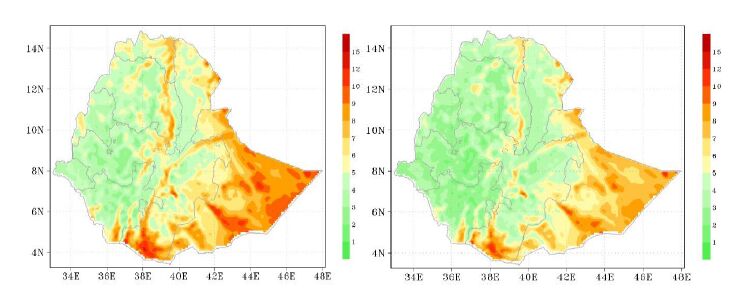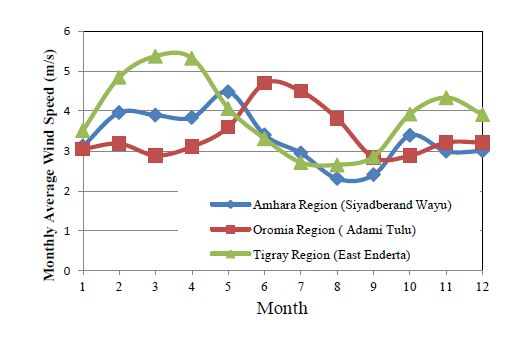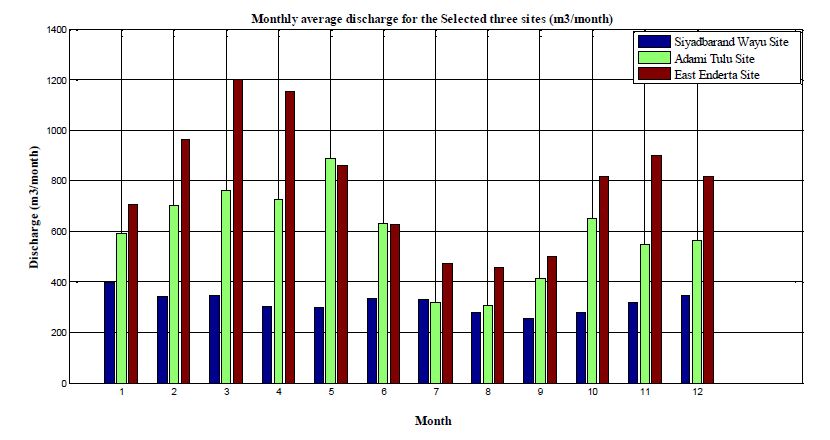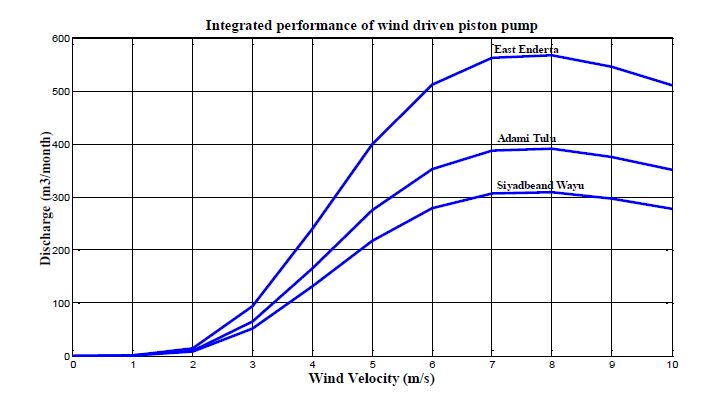| 1.
|
Cruz Vargas-De-León, Noé Chan Chí, Eric Ávila Vales,
Global analysis of virus dynamics model with logistic mitosis, cure rate and delay in virus production,
2015,
38,
01704214,
646,
10.1002/mma.3096
|
|
| 2.
|
Bruno Buonomo,
Analysis of a malaria model with mosquito host choice and bed-net control,
2015,
08,
1793-5245,
1550077,
10.1142/S1793524515500771
|
|
| 3.
|
Bruno Buonomo, Cruz Vargas-De-León,
Effects of Mosquitoes Host Choice on Optimal Intervention Strategies for Malaria Control,
2014,
132,
0167-8019,
127,
10.1007/s10440-014-9894-z
|
|
| 4.
|
J. F. GÓMEZ-AGUILAR, T. CÓRDOVA-FRAGA, THABET ABDELJAWAD, AZIZ KHAN, HASIB KHAN,
ANALYSIS OF FRACTAL–FRACTIONAL MALARIA TRANSMISSION MODEL,
2020,
28,
0218-348X,
2040041,
10.1142/S0218348X20400411
|
|
| 5.
|
Lourdes Esteva, Cristobal Vargas, Cruz Vargas de León,
The role of asymptomatics and dogs on leishmaniasis propagation,
2017,
293,
00255564,
46,
10.1016/j.mbs.2017.08.006
|
|
| 6.
|
Xiaomei Feng, Shigui Ruan, Zhidong Teng, Kai Wang,
Stability and backward bifurcation in a malaria transmission model with applications to the control of malaria in China,
2015,
266,
00255564,
52,
10.1016/j.mbs.2015.05.005
|
|
| 7.
|
Bruno Buonomo, Cruz Vargas-De-León,
Stability and bifurcation analysis of a vector-bias model of malaria transmission,
2013,
242,
00255564,
59,
10.1016/j.mbs.2012.12.001
|
|
| 8.
|
Zhiting Xu, Yiyi Zhang,
Traveling wave phenomena of a diffusive and vector-bias malaria model,
2015,
14,
1534-0392,
923,
10.3934/cpaa.2015.14.923
|
|
| 9.
|
Xia Wang, Yuming Chen, Shengqiang Liu,
Global dynamics of a vector-borne disease model with infection ages and general incidence rates,
2018,
37,
0101-8205,
4055,
10.1007/s40314-017-0560-8
|
|
| 10.
|
Edwin Setiawan Nugraha, Janson Naiborhu, Nuning Nuraini,
2017,
1825,
0094-243X,
020015,
10.1063/1.4978984
|
|
| 11.
|
Yangyang Shi, Hongyong Zhao,
Analysis of a two-strain malaria transmission model with spatial heterogeneity and vector-bias,
2021,
82,
0303-6812,
10.1007/s00285-021-01577-3
|
|
| 12.
|
Zhiting Xu, Yiyi Zhang,
Spatial dynamics of a time-delayed reaction and diffusion malaria model,
2015,
80,
0272-4960,
1124,
10.1093/imamat/hxu044
|
|
| 13.
|
Xia Wang, Yuming Chen, Shengqiang Liu,
Dynamics of an age‐structured host‐vector model for malaria transmission,
2018,
41,
0170-4214,
1966,
10.1002/mma.4723
|
|
| 14.
|
Li-Ming Cai, Xue-Zhi Li, Bin Fang, Shigui Ruan,
Global properties of vector–host disease models with time delays,
2017,
74,
0303-6812,
1397,
10.1007/s00285-016-1047-8
|
|
| 15.
|
Chunyue Wang, Jinliang Wang,
Analysis of a malaria epidemic model with age structure and spatial diffusion,
2021,
72,
0044-2275,
10.1007/s00033-021-01511-z
|
|
| 16.
|
Cruz Vargas-De-León,
Stability analysis of a model for HBV infection with cure of infected cells and intracellular delay,
2012,
219,
00963003,
389,
10.1016/j.amc.2012.06.029
|
|
| 17.
|
Li-Ming Cai, Maia Martcheva, Xue-Zhi Li,
Competitive exclusion in a vector–host epidemic model with distributed delay†,
2013,
7,
1751-3758,
47,
10.1080/17513758.2013.772253
|
|
| 18.
|
Zhenguo Bai, Rui Peng, Xiao-Qiang Zhao,
A reaction–diffusion malaria model with seasonality and incubation period,
2018,
77,
0303-6812,
201,
10.1007/s00285-017-1193-7
|
|
| 19.
|
H. Abboubakar, B. Buonomo, N. Chitnis,
Modelling the effects of malaria infection on mosquito biting behaviour and attractiveness of humans,
2016,
65,
0035-5038,
329,
10.1007/s11587-016-0293-9
|
|
| 20.
|
Xia Wang, Yuming Chen, Maia Martcheva, Libin Rong,
Asymptotic analysis of a vector-borne disease model with the age of infection,
2020,
14,
1751-3758,
332,
10.1080/17513758.2020.1745912
|
|
| 21.
|
Willem Takken, Niels O. Verhulst,
Host Preferences of Blood-Feeding Mosquitoes,
2013,
58,
0066-4170,
433,
10.1146/annurev-ento-120811-153618
|
|
| 22.
|
Cruz Vargas-De-León, Lourdes Esteva, Andrei Korobeinikov,
Age-dependency in host-vector models: The global analysis,
2014,
243,
00963003,
969,
10.1016/j.amc.2014.06.042
|
|
| 23.
|
Dan Tian, Haitao Song,
Global dynamics of a Vector-Borne disease model with two delays and nonlinear transmission rate,
2017,
40,
01704214,
6411,
10.1002/mma.4464
|
|
| 24.
|
Zhiting Xu,
On the global attractivity of a nonlocal and vector-bias malaria model,
2021,
121,
08939659,
107459,
10.1016/j.aml.2021.107459
|
|
| 25.
|
Peter Rashkov,
Modeling repellent-based interventions for control of vector-borne diseases with constraints on extent and duration,
2022,
19,
1551-0018,
4038,
10.3934/mbe.2022185
|
|
| 26.
|
Sanaa Moussa Salman,
A singularly perturbed vector‐bias malaria model incorporating bed net control,
2022,
0170-4214,
10.1002/mma.8822
|
|
| 27.
|
Alian Li-Martín, Ramón Reyes-Carreto, Cruz Vargas-De-León,
Dynamics of a dengue disease transmission model with two-stage structure in the human population,
2022,
20,
1551-0018,
955,
10.3934/mbe.2023044
|
|
| 28.
|
Samiran Ghosh, Vitaly Volpert, Malay Banerjee,
An Epidemic Model with Time-Distributed Recovery and Death Rates,
2022,
84,
0092-8240,
10.1007/s11538-022-01028-0
|
|
| 29.
|
Thongchai Botmart, Qusain Hiader, Zulqurnain Sabir, Muhammad Asif Zahoor Raja, Wajaree Weera,
Stochastic Investigations for the Fractional Vector-Host Diseased Based Saturated Function of Treatment Model,
2023,
74,
1546-2226,
559,
10.32604/cmc.2023.031871
|
|
| 30.
|
María Guadalupe Vázquez-Peña, Cruz Vargas-De-León, Jorge Fernando Camacho-Pérez, Jorge Velázquez-Castro,
Analysis and Bayesian estimation of a model for Chikungunya dynamics with relapse: An outbreak in Acapulco, Mexico,
2023,
20,
1551-0018,
18123,
10.3934/mbe.2023805
|
|
| 31.
|
Jinliang Wang, Hao Qu, Desheng Ji,
Analysis of a reaction–diffusion dengue model with vector bias on a growing domain,
2023,
0003-6811,
1,
10.1080/00036811.2023.2281506
|
|
| 32.
|
Iffatricia Haura Febiriana, Abdullah Hasan Hassan, Dipo Aldila, Qiankun Song,
Enhancing Malaria Control Strategy: Optimal Control and Cost-Effectiveness Analysis on the Impact of Vector Bias on the Efficacy of Mosquito Repellent and Hospitalization,
2024,
2024,
1687-0042,
1,
10.1155/2024/9943698
|
|



















 DownLoad:
DownLoad: